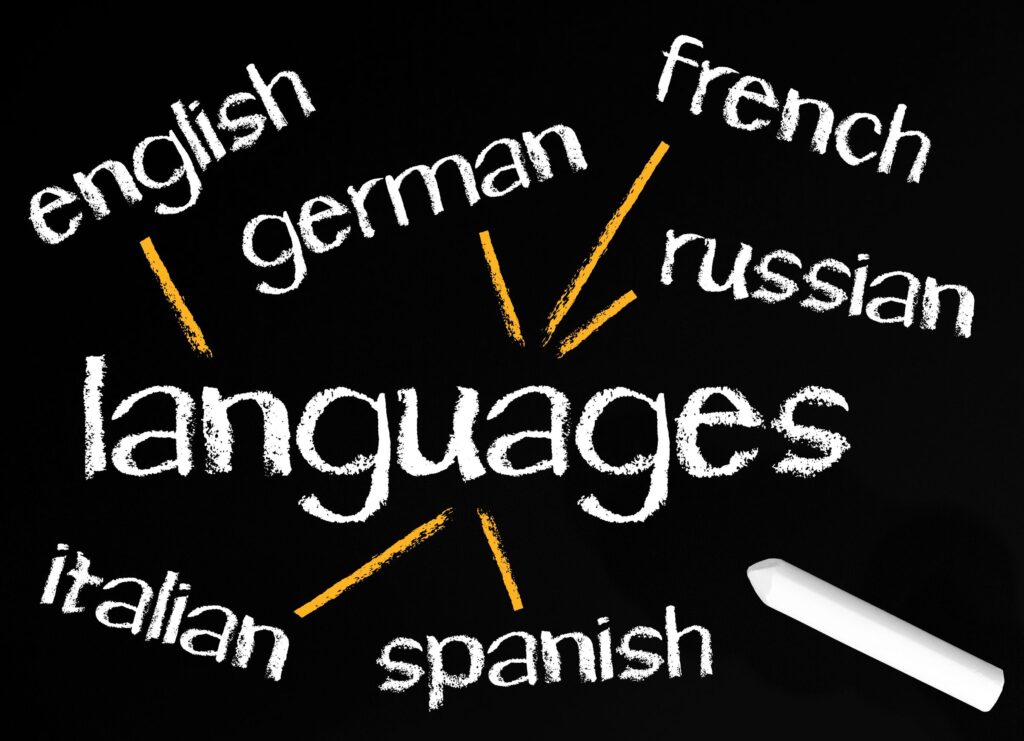Language access is a service that many agencies use to facilitate communication between people who do not speak the same language. Executive orders and federal laws in the United States, for example, require concerned agencies that receive funding from the federal government to comply with the requirements for language access.
People with limited proficiency in the English language can avail of various services through language access. The U.S. Department of Justice defines people with limited English proficiency (LEP) as persons with limited knowledge to understand, speak, write, or read English, or those whose primary language is not English.
Is it essential to make language access available?
It is important for language access to be available to LEPs. In healthcare, for example, proper communication is the foundation of good healthcare. The U.S. is a land of immigrants, and many of the older adults from the immigrant communities fail to avail of medical services because their ability to speak English is limited.
Many studies show that when communication between doctors and patients improve, health outcomes are positive. In this regard, medical translators and interpreters are put in focus because they are the persons who facilitate proper communication.
They have experience in medicine and healthcare, and with their experience and training, they are considered experts in the niche, with an in-depth knowledge of medical terminology. Many medical translators and interpreters specialize in the different branches of medicine, preferring to handle translation or interpreting projects within their field of specialization. They receive industry certifications as well as HIPAA compliance certification.
Several laws are enacted to require government agencies and healthcare organizations to provide language access services of high quality. Section 1557 of the Affordable Care Act bolsters the declaration requiring health institutions to offer significant access to persons needing help to communicate.
Since 2016, new standards have been set for language access in healthcare services:
- Healthcare providers must only use qualified interpreters.
- Healthcare institutions and related agencies should provide written translations.
- All notices should be available in the 15 languages commonly spoken in the individual states.
- Patients should be informed of their right to access language services.
- Patients should be encouraged to avail of interpretation services. They cannot bring their own interpreters.
- It is prohibited to use unqualified bilingual employees, friends, and family members as ad hoc medical interpreters.
- Medical practitioners and healthcare institutions must see to it that they use medically qualified interpreters and translators. They must ensure that all their patients, especially those who have limited English speaking skills that language access services are available and how they can avail of them.
Laws covering language access in the U.S.
The full implementation of language access in covered organizations and institutions in the United States has not yet been realized. Many still fail to install language access programs. This is despite the existence of several laws covering the provision of language access. These laws were passed to ensure that people with limited English proficiency have the right to avail of public services.
Title VI of the Civil Rights Act covers institutions and agencies receiving federal funding, such as:
- Department of Health and Human Services (HHS)
- Department of Education
- Department of Justice (DOJ)
- Department of Housing and Urban Development (HUD)
There are state and local laws on language access, as well. All states have language access laws. There are also language access laws passed by some municipalities, such as those from Monterey Park, California, New York City, Oakland, California, Washington, D.C., and Philadelphia.
Does language access help immigrants?
One of the main issues that plague many immigrants in the United States is language. Local agencies face the challenge of integrating immigrants into the community because of the communication gap. Some newcomers strive to learn English because they know it can open new opportunities for work, school, and community acceptance.
Non-English speakers shy away from their neighbors because they are not able to communicate. Their limited English-speaking skills prevent them from realizing their dream of having a better life in the U.S., which is one of the main reasons why they decided to immigrate.
The situation is slowly being addressed, with local communities creating programs to narrow the language gap. Likewise, the existing laws on language access, especially in healthcare, help them feel that they belong to the city or state.
Elements of an effective language access plan
A language access plan is critical to follow the existing mandates. The concerned organization needs to determine the common languages, the demographics of the non-English speakers and the required training of staff, and ways to disseminate the information on the availability of language access.
With the slow response to the mandates, the government has imposed stricter rules to ensure that covered entities will implement a language access program. Non-compliance with the mandates has corresponding hefty fines. The compliance focuses on the new mandates included in Section 1557 of the Affordable Care Act, which affects the health insurance marketplaces.
For organizations and institutions, especially healthcare providers, it is vital to have a written language access plan. A written plan clarifies the language access program requirements and identifies the members responsible for its implementation. When the covered entity has a written policy, it shows the auditors that it is serious about its enforcement, which means that the federal funding can continue.
Elements to consider include conformity with local, state, and federal laws. Covered institutions must know their legal requirements, which mean following the mandates of:
- Title VI of the Civil Rights Act of 1964 (Title VI)
- Affordable Care Act, Rule 1557 (ACA)
- Centers for Medicare & Medicaid Services (CMS)
- Americans with Disabilities Act (ADA)
- Health Insurance Portability and Accountability Act (HIPAA)
- Executive Order 13166
- The Joint Commission
- Protected Health Information (PHI)
- Every Student Succeeds Act (Formerly No Child Left Behind)
- Equal Educational Opportunities Act (EEOA)
The organization should include an explanation and the requirements of the laws that affect them in their plan.
Access to language interpretation
The plan should include details on the availability of interpreting services, when they can be used, and how LEPs can access them. The organization should include phone interpreting, video remote interpreting, and on-site interpreting services. Likewise, the plan should include the following:
- Name of the language services provider
- Availability (by request/on-demand) of the services
- Available languages
- Process of selecting and training the interpreters
- How interpretation accuracy is ensured
- Frequency of review of the processes
Access to language translation
The plan must detail how the organization ensures the quality of translation and localization of documents. Federal laws require healthcare providers to translate essential documents such as intake forms, informed consent documents, discharge instructions, and signs informing the public of free language assistance. Other necessary documents requiring translation include application forms, complaint forms, eligibility forms, and company websites.
The plan must also contain the procedures, processes, and other details included in the language interpretation.
Notice of language access services
It is not enough to put up signs telling people that language access services are available. The U.S. Department of Health and Human Services requires the following:
- Designation of an individual or an office to inform the LEPs contacting the organization about the service
- Distributing information to vendors, contractors, providers, and grantees about their policy of non-discrimination toward LEPs
- Prominent display of language taglines on necessary documents, outreach materials, technical assistance, and web pages
- Use public service announcements, faith-and community-based resources, and non- English media regarding the availability of language access program
- Announce that consumer-oriented materials in several languages are available through their website
Training of staff
All employees should receive training on the importance of providing language assistance. They must be aware of the organization’s procedures and policies on language access programs and how to access the translation and interpretation services. Those with direct contact with the customers should know how to interact with the interpreter and effectively communicate with LEPs.
Let eTS help you manage your language access plan – Partner with us!
eTranslation Services have trained, certified, and qualified translators and interpreters ready to help you implement your language access program. We will assist you in conforming to government regulations on providing language access. Our linguists work with more than 100 languages, from the standard languages to the less-common languages such as Dzongkha, Fula, Twi, and Wolof. We’d love to hear from you. Let’s discuss your needs. You can send us an email at [email protected] or call us at (800) 882-6058.



